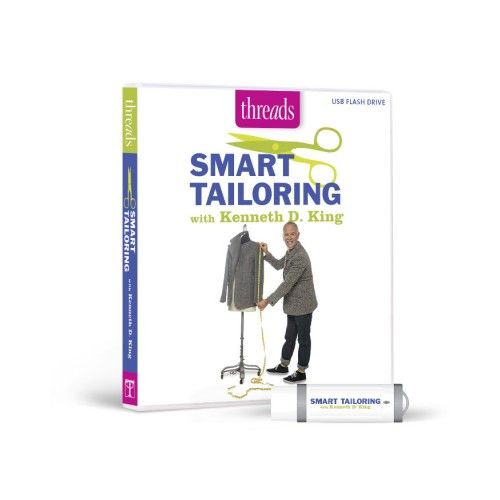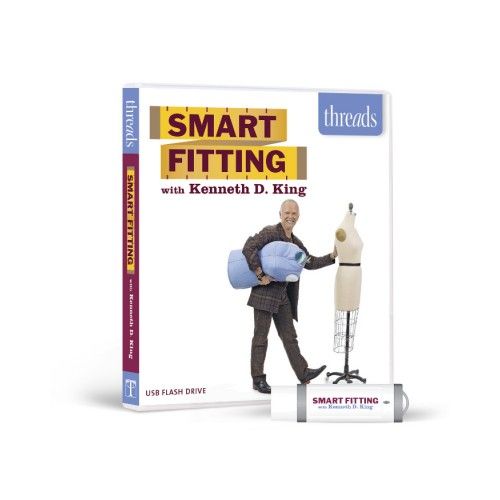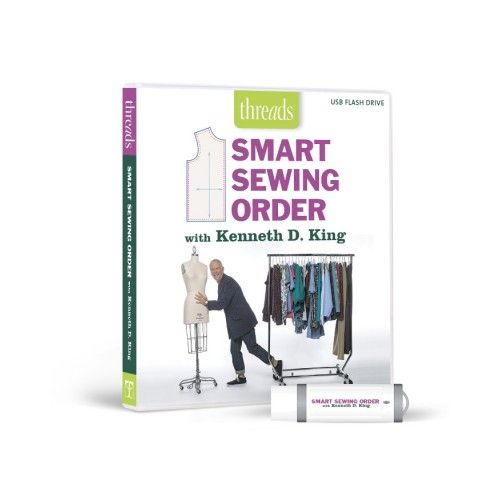I can’t find a class that meets on Saturdays or evenings when my daughter could take me because I can’t drive and have no bus service so I am having to teach myself by reading and buying books.
I ordered a book on rotary cutting by Alex Anderson, who is supposed to be one of the queens of quilting. It has these instruction for “magic numbers” that are seam allowances that vary depending on the shape of the piece you cut and it is very important whether you are on the straight of the grain and on the correct side of the 90 degree angle, etc. When I trim off the slevage (another message on that), I can’t tell where the straight of the grain is. I can guess that maybe it doesn’t stretch quite as much as the cross-grain, but it is a guess. Bias is not hard because it is a diagonal and stretches a lot.
I AM SO CONFUSED! How can you add 1-7/8 in to the grain side of a piece and then 1/2 in on another side and then nothing on the other sides? Has anyone used this book and know what I am talking about?
I thought all you had to do was add 1/4 in seam allowance around all sides of every piece so you end up with a 1/2 in seam total. Isn’t that the correct way?
Why don’t you use a rotary pinking blade like we use to use pinking shears for cutting out patterns to avoid fraying? All the clips I have watched all show using a straight line rotary blade.
Beth




























Replies
Beth, you don't want to use the rotary pinking blade to cut quilting pieces because you won't be as accurate seaming them together as you will be with a straight edge.
I don't have the book to which you are referring. Are those instructions for cutting triangles from squares?
Can you explain why you cut off the selvage? Do you do this before you start rotary cutting? I use the selvage as a point to determine the crossgrain.
HI Beth--It sounds like Alex has made things unnecessarily complicated. It happens sometimes. I've been quilting and teaching quilting for over 25 years, would you like some personal tutoring? It could get very lengthy, so if you want to do this, I'd recommend that we proceed privately. If you're interested, let me know and we'll go from there.
Sometimes it is hard to choose the right book and this may be one that needs a companion or two.
I have not seen the book on rotary cutting, but did see the cover (online at Amazon)and the block she has on the table does need a lot of consideration before cutting - I am working on one that is very similar that I found in the current issue of Fons & Porter's Love of Quilting magazine.
Most patterns already include the seam allowance and you need not worry about any magic numbers. That will come when you begin making your own designs.
I made my first quit (mid 80s) from a pattern I found in a magazine and have never taken a lesson, unless you consider watching PBS as taking lessons.
If you can, watch & record Quilt In A Day and Fons & Porter to learn different techniques. Alex Anderson, if you can get her show, has mostly guests and does very little hands-on quilting.
Pick up a couple quilting magazines and do a block or two to get comfortable with the 1/4" seam - now if you should run across a copy of a quilting book by Mary Ellen (It's OK If You Sit On My Quilt) Hopkins - she will say, make your seam allowances any size you want, just keep it consistent. Personal Preference!
As someone mentioned before - do not use pinking shears or the rotary pinking blade. The quilting police would have apoplexy! - Just joking - if you read Mark Lipinski's Quilter's Home magazine (new issue should be out next week) - he has the right opinion of the QP aka "Quiltzillas" - bless their hearts, just ignore them.
Edited 5/27/2008 2:26 pm ET by spicegirl1
Got the message - don't pink! It messes up pieces when you're trying to line up everything correctly in your block. Thanks!
I am going to quote from Alex's book Rotary Cutting:
"Aways cut off the slevage edges. If left on, the selvages can cause distortion of the blocks and they are difficult to hand quilt through." pg 8
"Each shape has magic (rotary cutting) numbers that are consistently used when determining what size to cut the different shapes. Different shapes have different numbers. This is because of the angles in the shapes." pg 9
1. "The numbers will only work with 1/4" seam allowances.
2. Measure the finished size of the desired shape and then add the magic number. This measurement will be the size to cut your shape with seam allowances included." pg 9
"A strip is the most basic unit used in rotary cutting.
Squares are simply strips cut into smaller units.
Rectangles are simply strips cut into smaller units."
pg 12
"Although they look the same, the difference between two triangles is where the straight of the grain ends up. ... you always want the outside edge of the block on the straight of the grain." pg 13
"Both half-square triangles and quarter-square triangles have 90 degree angles in one corner. ...the difference between the two triangles is where the straight of the grain ends up." pg 14
The "magic numbers" are what really lost me at this point. In a quarter-square triangle you can only get 2 of them out of the square because they have to be on the straight of the grain. Only on the side with the straight of the grain do you add anything for a seam allowance. On that side you add 1-1/4" to the finished length.
This is what I was reading. I thought it was a good source since she had a TV show and now she and this quilter guy have a web radio show. I gave up at this point and closed the book. I knew that I would never be able to keep myself from being totally frustrated and unhappy with quilting if this is what it required - remembering all about angles and magic numbers.
Why can't you add a 1/4" or 1/2", or whatever seam width you want, to each side and sew them together? How important is it that you know where the straight of the grain is in a piece? Even if you don't cut off selvages, you still end up with "inside" pieces that don't have any reference like a selvage so you are simply guessing that you are on the straight by how much stretch the piece has in a certain direction right?
First I came here to ask, and then I went to the book store and got 2 more books on quilting - The Rodale Quilt Book - The Quilters Ultimate Visual Guide and Fons and Porter Quilter's Complete Guide. I came back first to read what everybody had responded. Thanks so much! I haven't gotten to the books yet, but that is where I am going to turn next.
Did I just happen to pick out a book that has some off-the-wall method that somebody dreamed up to do rotary cutting? I sure hope the answer is yes!
Beth
Well, I wouldn't call Alex's method off-the-wall, it's just a different method that works for her. 1) She's right, you don't want to include selvages in your blocks, BUT don't worry about cutting them all off a big hunk of fabric. Leave them in place and just make sure you don't use them later. Selvages can shrink at a different rate than the rest of the fabric and cause all sorts of distortions, and she's right, they are nearly impossible to hand-quilt through.2) The whole "strip" thing will make itself clear as you read the other books you purchased. Here's the idea: It's faster to cut a 2.5" wide strip of fabric and then fold it a few times and cut 2.5" sections again to get 2.5" squares, than to cut each square individually. (Note: These will finish at 2" when they are sewn together.) It's really fast to cut 2.5" strips, sew them together, then cut 2.5" sections to make pairs of 2" blocks, which can then be sewn together into Four Patch blocks. 3) Alex is right about grain, try to keep your straight grain lines on the outside edges of blocks, otherwise things will stretch and distort big-time. On occasion, if I'm running short of fabric, I'll cheat and cut a patch or two out of a scrap in any way that'll give me that last patch, but DON'T make a whole quilt that way! I have some vintage blocks that are a great illustration of why this is a BAD idea. 8^) 4) Triangles: Bias edges should always end up in the center of the block, along the diagonal, outside edges should fall on the straight of the grain. You can't just add 1/4" inch seam allowances to the finished size of your triangle and make a square that size, cut it into the triangle shapes and then stitch them together--the finished block will end up the wrong size. Try it out and what happens. (Really--try it. For me, seeing was believing and it helped me understand how triangle blocks go together.) This is why Alex offers the formulas for the different types of patches. I personally sew oversized HST and QST blocks and trim them down to size, but that's just my preference.One question for you--are you a visual learner? Someone who needs to see it done in order to understand it? If you are, I recommend either some good quilting DVDs or finding a beginning quilting class or a quilter in your area who would be willing to teach you the basics. I was able to teach myself and have no trouble at all looking at an illustration and figuring out how to make a quilt that way, but I've had many students that simply can't make sense of a written pattern and they really did have to take a class to understand the methods.
I invested in some good quality quilting rulers that have the 1/4" seam allowance allready on them. It really cuts down on time and helps with accuracy. Mary
Forget the other books and just use the F&P complete guide. I just glanced through my copy and it has all anyone needs to know without any complications. Just be very careful handling the rotary cutter...it is razor sharp and can cut skin in flash....
This post is archived.